Last week, we entered rikka (立夏), the 7th of the 24 solar terms in the traditional Japanese calendar. Like risshun, which signaled the start of spring, rikka marks a seasonal threshold that dives spring and summer.
It’s summer according to the traditional calendar but my body and mind are still tethered to spring. Even though I’ve started a neatly folded pile of winter clothes that I’ve been meaning to pack away for weeks, I keep pulling out my fleece sweater. The mornings and evenings are still cool enough to justify the hug of something warm.
As much as I love spring, this season also makes me feel a bit unsettled. Tuning into the microseasons reminds me that life is never still and stillness is often an illusion, or maybe a lack of attention to what’s changing around us. In winter, I feel a quiet steadiness, even if I sense the presence of change it feels subtle. But in spring everything feels in motion — things are budding, sprouting, bursting, onwards & upwards. It makes sense that my body somehow absorbs this restlessness. I feel a kind of frenzy that belongs uniquely to spring.
I keep reminding myself to stay present and grateful for the stimulation of change. It makes me feel immensely alive. Soon, the heat and humidity will come, and like winter, the heat will feel like the constant and I will miss the days when my body cools with the setting sun.
All around me, what were once bare branches and buds are now filled with shinryoku (新緑) or the fresh green of new leaves. There’s a vibrancy to it that is so youthful.
Where the Water Comes From
This is my fourth year growing rice in Kamikatsu, and each year I understand more (and also less and less). The longer I do this, the more I sense how deeply connected everything is within the ecosystem around me.
One of my favourite landscapes is the terraced rice fields just after they’ve been filled with water and before the rice is planted. When the surface stills, the paddies turn into panes of glass, reflecting the sky. It’s like being inside a painting.
Water is life — for us and for the rice. Without a steady flow of water supplying necessary nutrients, the rice will not grow. Traditionally, rice was only cultivated in places with a reliable supply of fresh water from mountains and rivers. So every spring before planting, the local community gathers to trace and clean the water’s path from the mountains to the field.
We follow the stream uphill deep into the forest. The narrow route winds through the trees and it feels like rather than being on a map, it’s the kind of roads that are passed down in memory. We walk one by one in a single file like ants on a mission.
Those who have done this water cleaning many times come with tool belts that have axes and other equipment hooked on their hips. They also carry rakes and shears — as normal as a doctor would have a stethoscope on their neck and a clipboard and pen in hand.
I still remember my first year, showing up to the community cleaning with nothing but a pair of gloves. I was embarrassed at my lack of preparation or imagination for what a cleaning would entail. But people shared tools generously and the elders were happy to see young people showing up (even empty-handed).
We heaved stones, bundled leaves, and tossed them down the mountainside. The work is real and hard, but together we move like a well-oiled machine — one person piles, another pushes, and the rhythm continues. We gradually trace the water’s path back until we emerge from the forest and return to the rice fields.
Left untended, the stream would clog with fallen branches and natural debris. This yearly ritual reminds us that tending the rice also means tending the water. Many people understand that growing vegetables starts with cultivating healthy soil. In the same way, growing rice begins with caring for the water.
Tending the Field
What I didn’t understand in my first year of farming was just how much work went into preparing the field before planting begins.
I’m lucky to cultivate rice in an area of Kamikatsu with a unique community-supported system. Locals offer up unused rice terraces for free to new residents, as long as they commit to upkeeping the land and express a willingness to learn.
The older generation wants to preserve the beauty of this landscape, but many don’t have the energy to continue farming on their own. So a wonderful exchange happens between labour and knowledge! In some ways, it feels like a rural version of a shared urban garden. Each person manages their own plot, but the space becomes a gathering place.
In autumn, after harvesting, we cover the field with leftover rice straw and this begins the cycle of renewal. The straw decomposes, fertilizing the soil for the next planting. In the past, rice straw was also used to make New Year’s ornaments for winter. Now farmers hardly plant and harvest rice by hand (as we do) but instead use machines. These machines often chop up the straw finely and discard it back on the field right away so there are not enough long stalks of rice that can be reused for making ornaments.
The only machine we use is for plowing and levelling, everything else is done by hand. We use no chemicals only straw, weeds, and grass to enrich the soil.
Plowing softens the soil and flattens the ground to make it easier to plant. We are taught that it also helps the seedlings take root better, preventing weeds from growing and preventing water leakage from the rice field. This is done a couple of times before planting. Not so long ago, cattle would have plowed these fields.
Frogs Begin to Sing
The first Japanese microseason that falls in May is “frogs begin to sing”. Soon after, we enter “worms surface.” These tiny seasonal markers named after the subtle behaviours of plants, animals, and insects help me notice changes I might have otherwise missed.
In late April, while working in the rice fields, we noticed a jelly-like clump floating in the water. Inside this jelly-like blob are hundreds of tiny black specks, which are frog eggs! Beside them, in a shallow stream, another fifty or more tadpoles swirled like chia seeds shaken in a cup. As soon as the fields are filled with water, the frogs come alive — rushing out of hibernation to lay eggs.
There’s a lovely mini-documentary (less than 10 minutes) called Tadpoles: The Big Little Migration, which follows the migration of tadpoles on Vancouver Island in B.C. (Canada).
And right on cue with the microseason (“frogs begin to sing”), the chorus of croaking voices begins. I used to think frogs croaked randomly. But I recently learned it’s a call and response. One frog calls, and another listens and replies from another location. Their croaks rarely overlap. There’s a rhythm, it’s a song!
I still can’t believe I’ve become the kind of person who holds frogs now. I move them gently when I find them on the road. Watching them jump. Letting them land on my hand.
Rice Shortage
A recent national rice shortage has taken many Japanese by surprise. There are many reasons from rising temperatures, unusual weather patterns, and a shift away from domestic agriculture that are causes of this troubling trend. And the result is that something Japanese people once took for granted (rice eaten sometimes 3x a day) suddenly feels fragile and precarious.
Maybe rice is too cheaply priced in Japan and that’s why I’ve heard so many farmers complain that it’s impossible to make a living with rice farming. Japanese subsidies supporting rice farming are also incredibly limited and rice farmers are ageing, with about 90% now at least 60 years old1.
Rice was once believed to be abundant and affordable and that is now no longer the case. I realize that this season feels extra important because it makes me reflect on how much effort goes into a bowl of rice.
As the season shifts from spring to summer, I’m trying to stay present — to notice the call of frogs and the feel of the mud between my toes or cold water from the stream.
If you enjoyed this update, feel free to share it with a friend or leave a comment below. I always love hearing what seasonal changes you’re noticing.


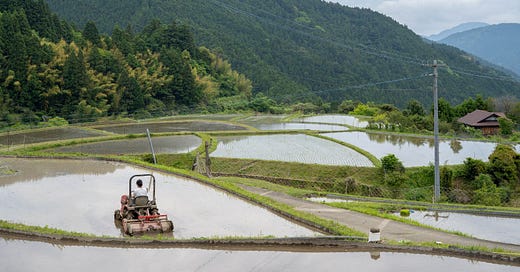


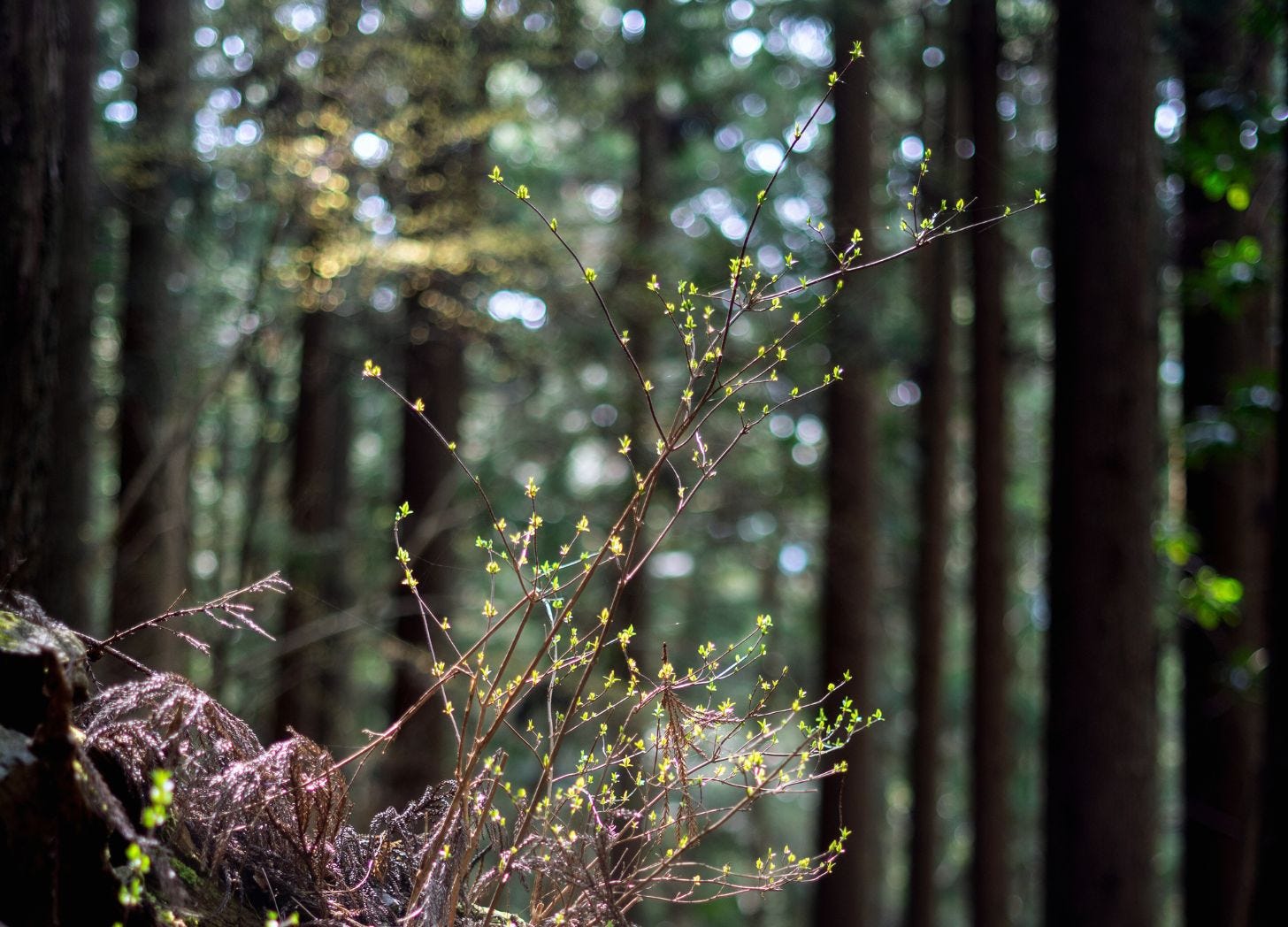

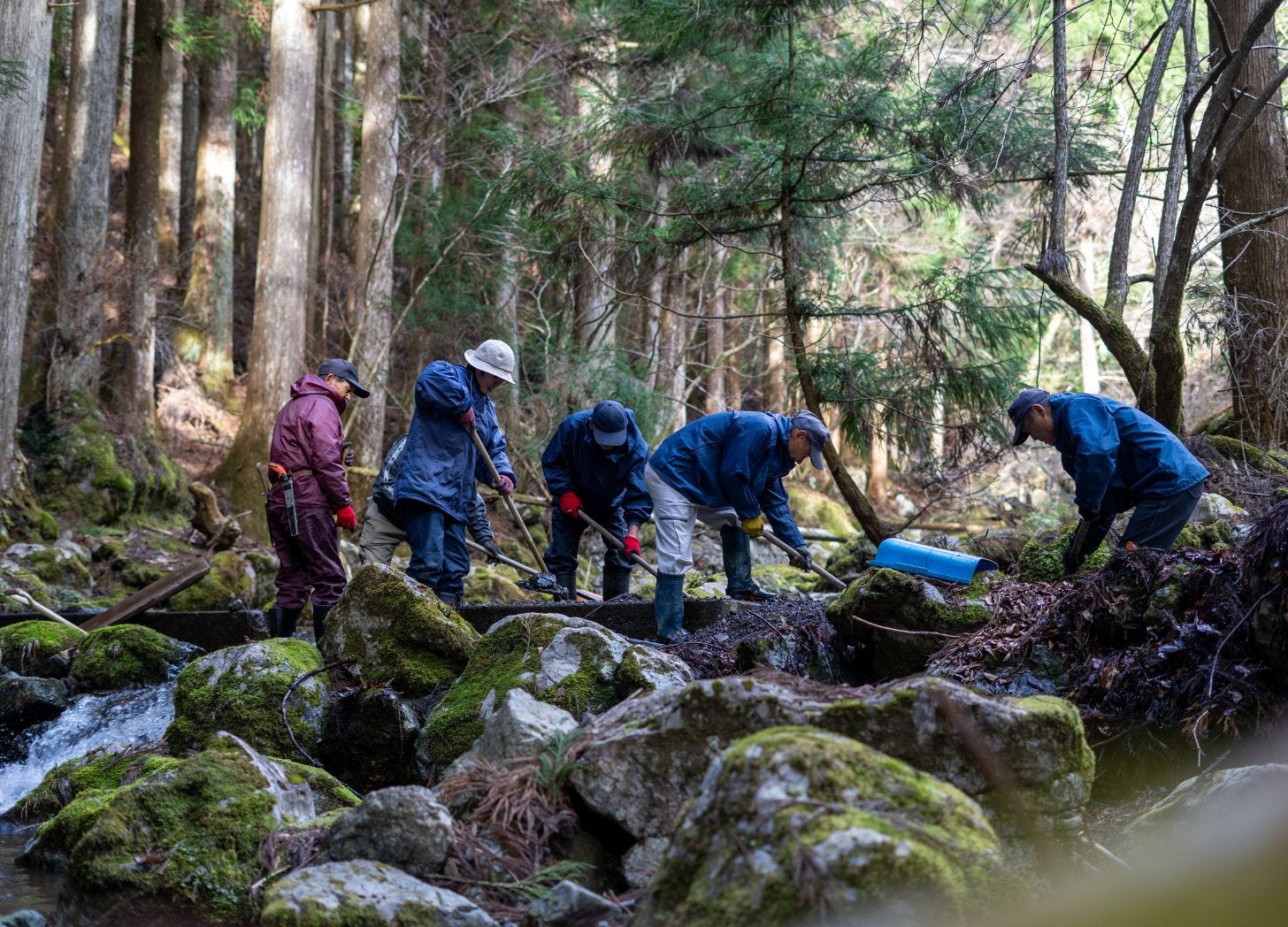
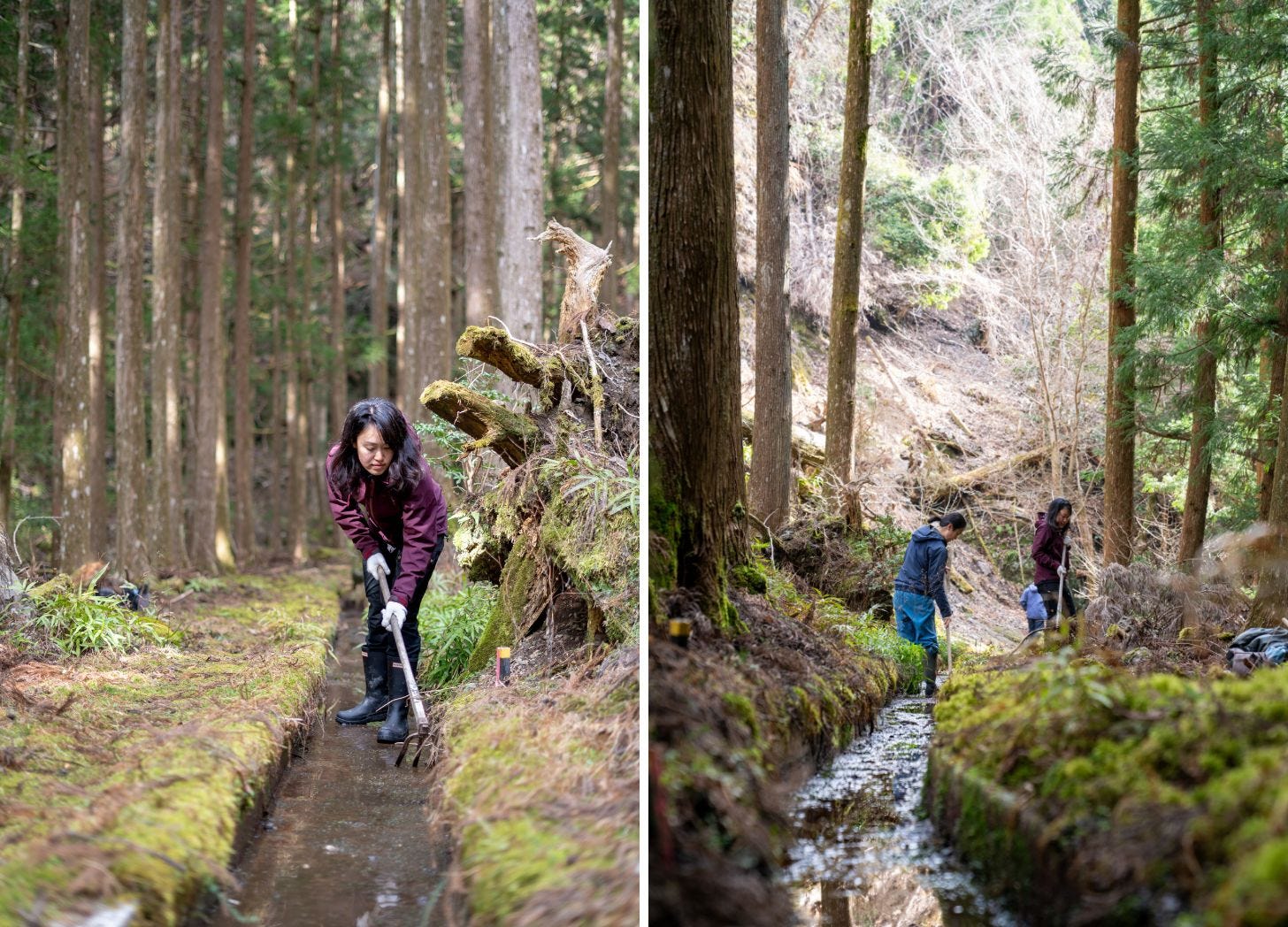
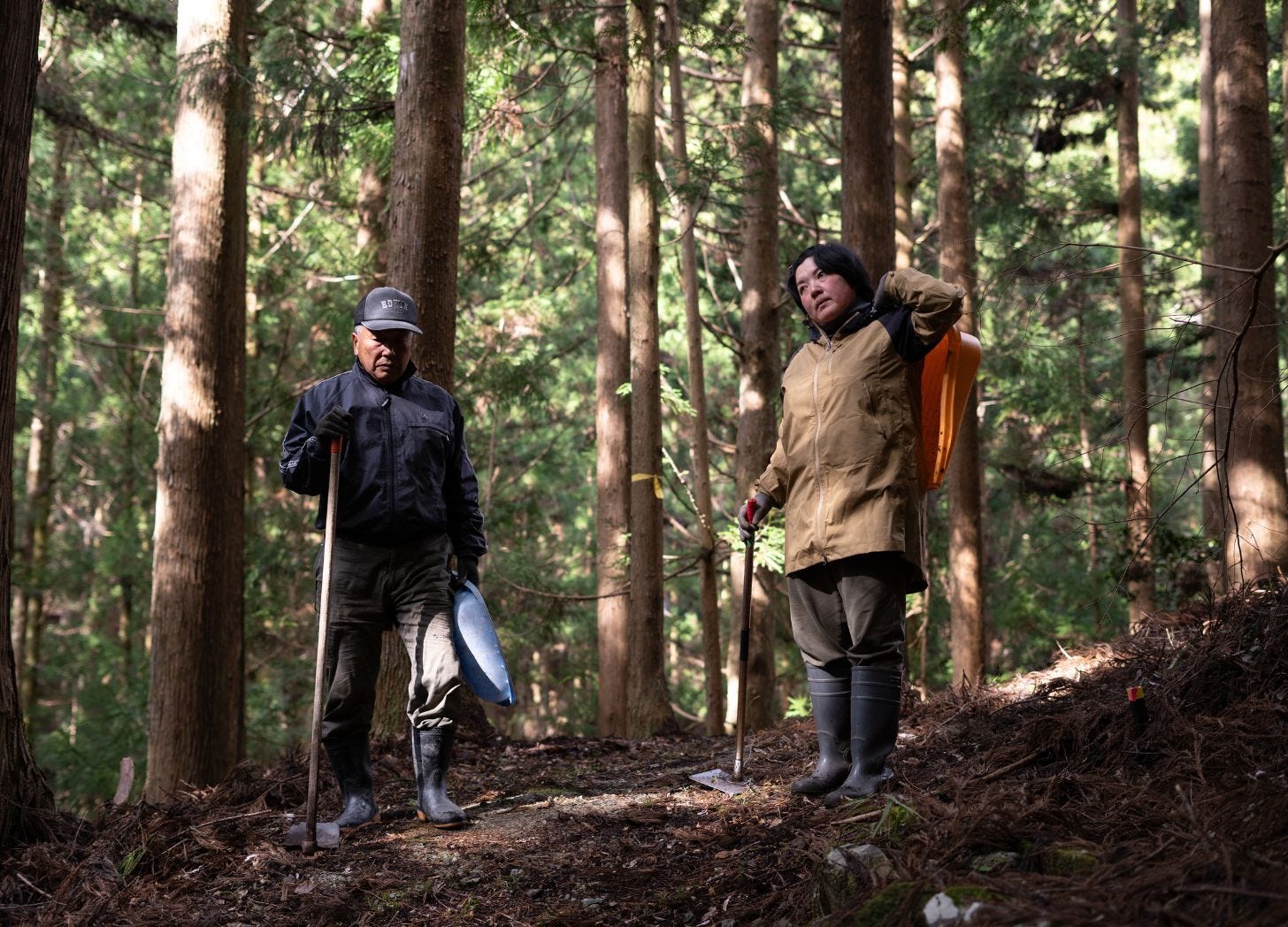

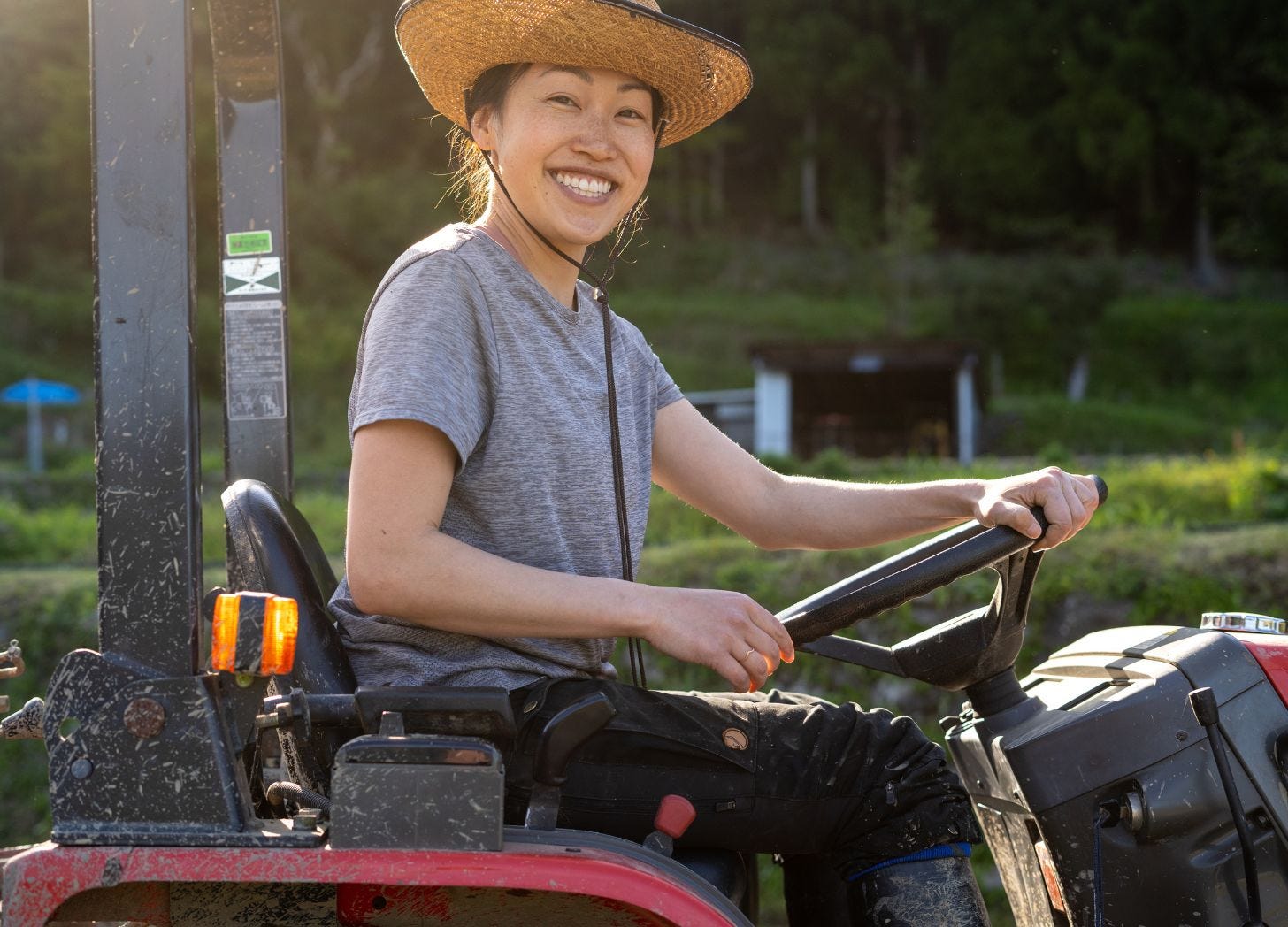
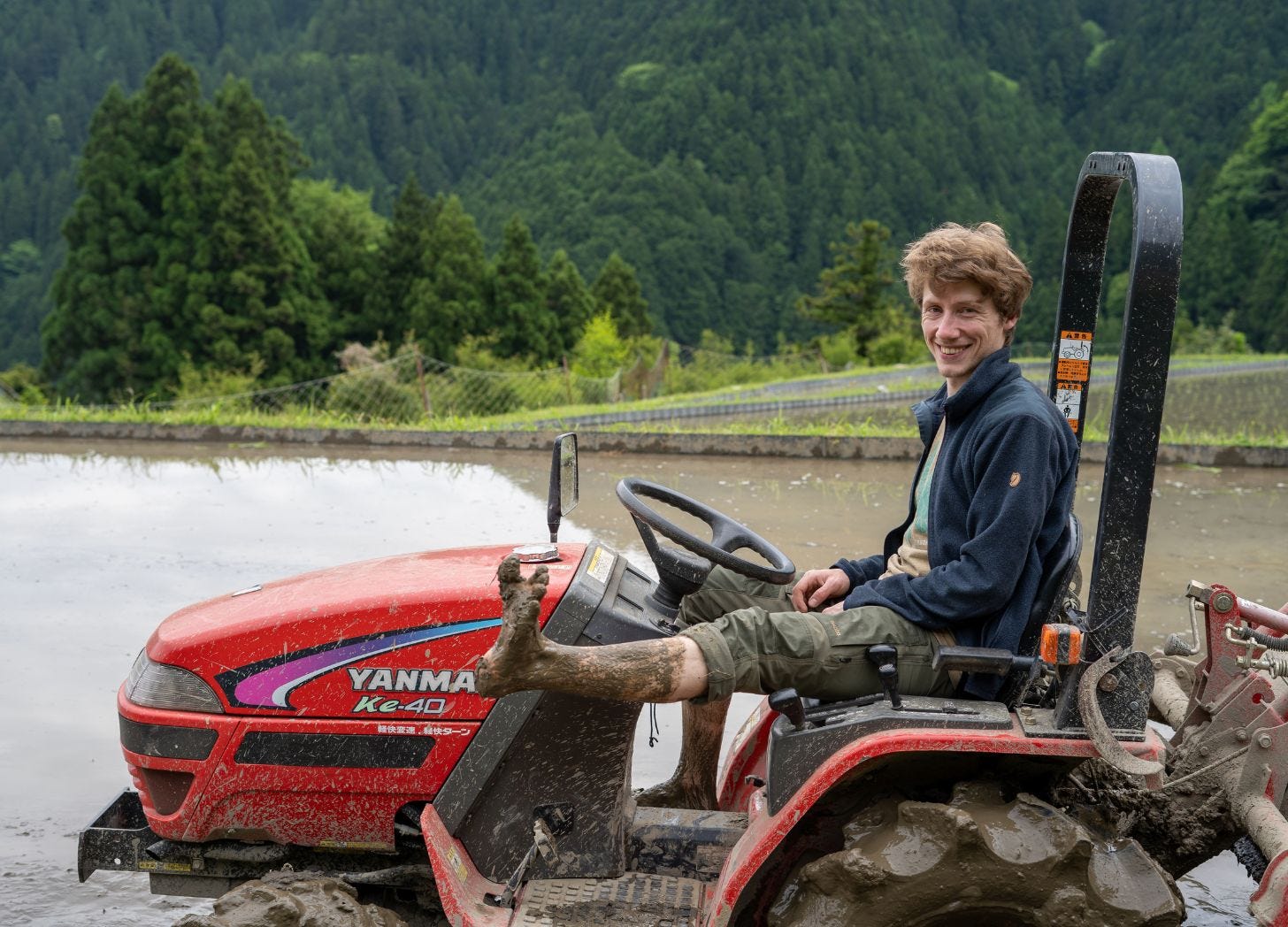
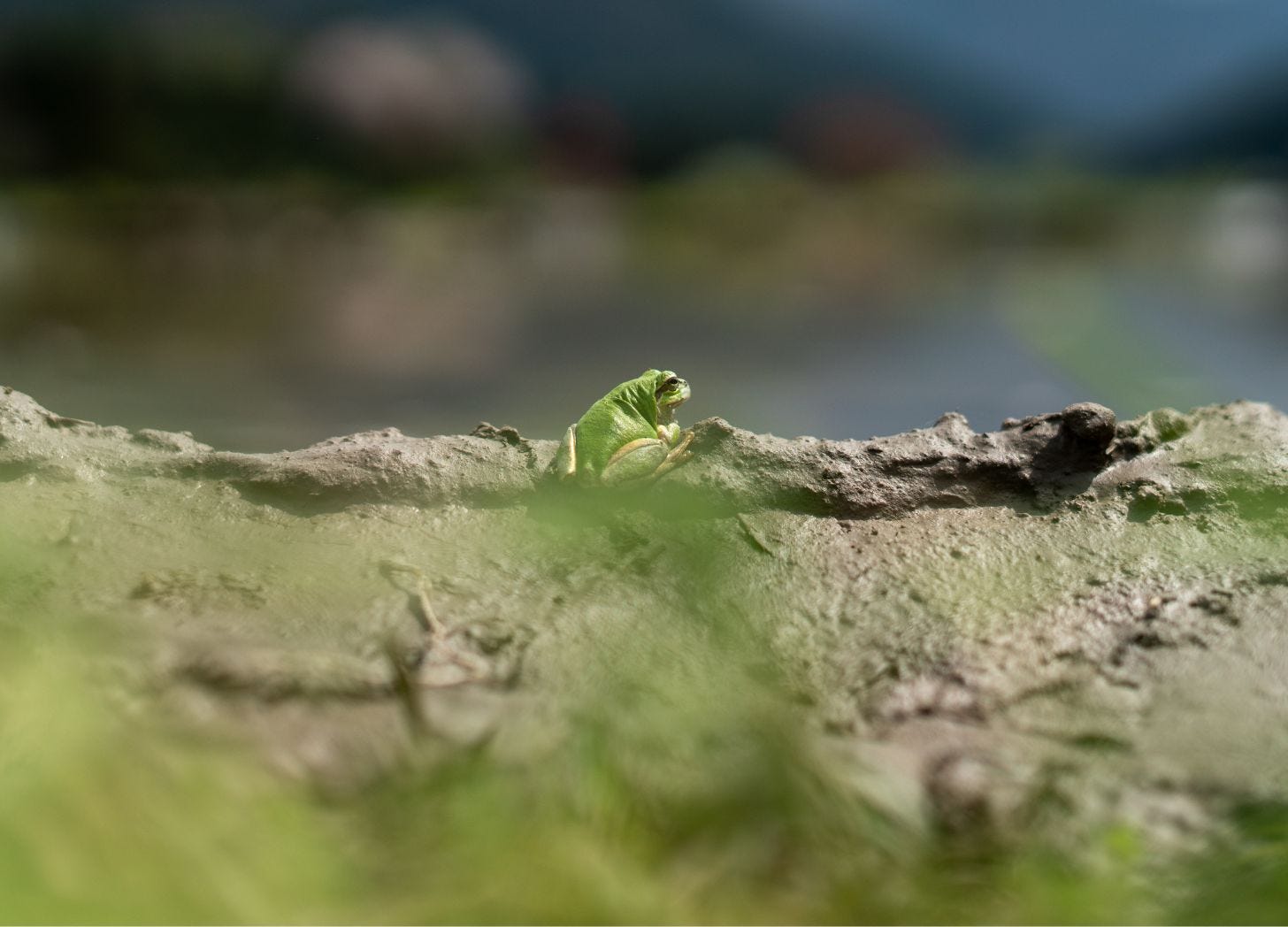
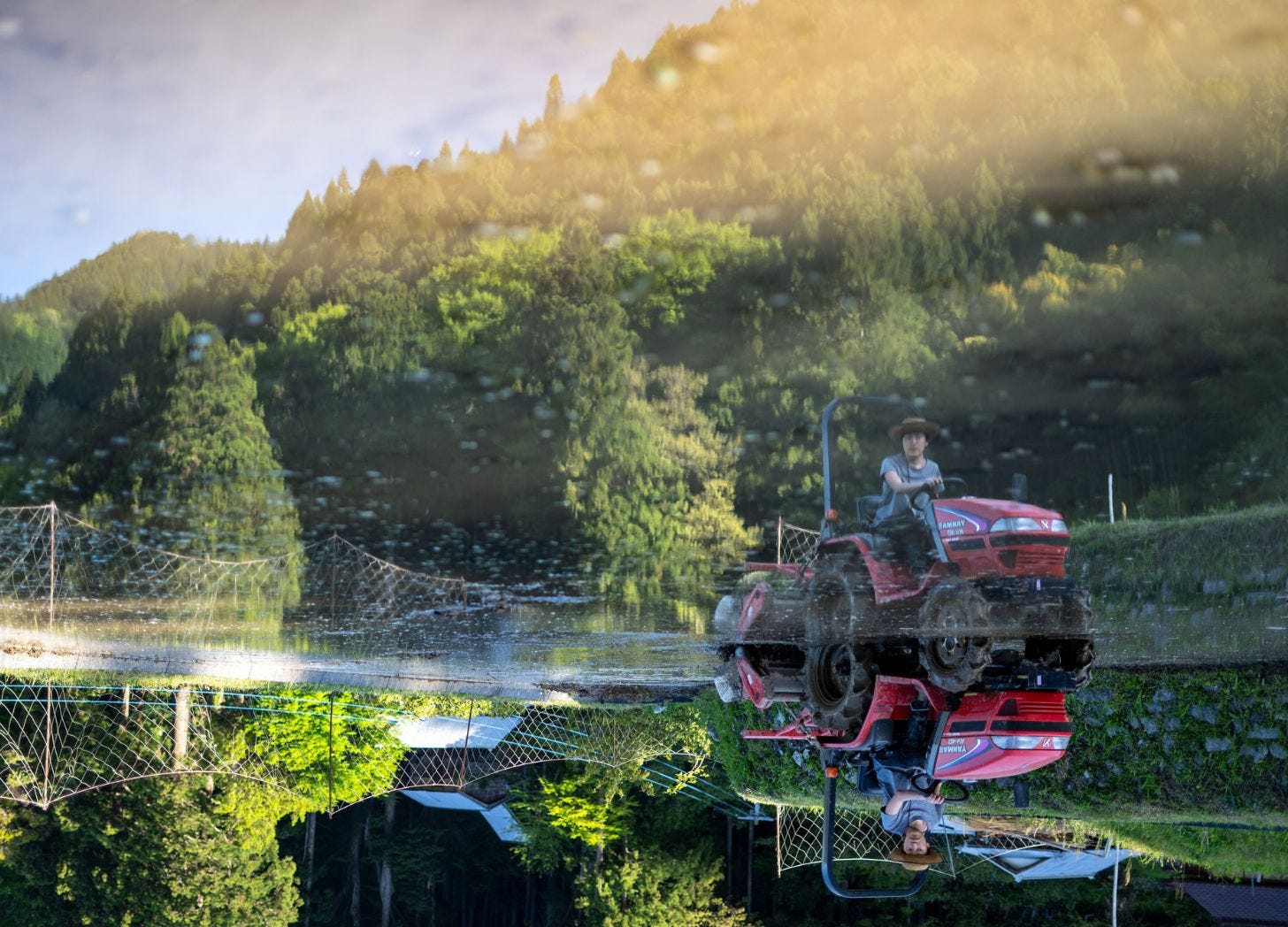

This was such a joy to read! The narration is impeccable, with a perfect blend of informative and evocative. What a great little glimpse into the shrinking world of traditional Japanese agriculture. Thank you, from a Japanese Canadian environmentalist with a background in sustainable agriculture who now finds herself living in Japan.
Although I have lived in Japan for some 43 years, and have written about rice farming, I never considered the need to clean the streams that feed the paddies. Thanks for sharing this knowledge, and thanks for growing rice the old way!